Give me a lake and mountains and I would feel at home. I didn’t think I’d get such a familiar impression when I first went to Iseltwald and Lake Brienz, and throughout my visits, it has become my favourite place in Switzerland. A place for which, one day, I could perhaps leave my beloved Riviera.
Situated in the Bernese Oberland, this corner of Switzerland is certainly the perfect postcard and shows the diversity of landscapes that Helvetia enjoys. Colourful lakes, majestic mountains, enchanting villages and lush green fields – no more clichés than that. And this is probably its charm!
Lake Brienz is one of the most enchanting lakes in the Bernese Oberland. Nicknamed the turquoise jewel when the sun is out, it is under the winter splendour that it is most fascinating to me. But perhaps it is simply due to the snow-covered mountains that are beautifully reflected in its waters.




So to sum up, captivating turquoise water and mountains as a backdrop for an idyllic getaway in the German-speaking part of Switzerland, what more could you ask for?
In this article, I will tell you about my favourite place and a pleasant spot for a successful summer outing.
Iseltwald
One day I was driving around in the area when I saw an original building from the highway, and I wondered what it was. It is in this kind of situation that the car is an optimal means of transport during trips. The route can take a few detours, especially if you travel with me who always finds other wonders to discover. We stopped and explored the charming village of Iseltwald and its “castle”. An iconic place in Switzerland which is listed as a Swiss heritage site.


It was winter, and the building blended in perfectly with this magical landscape. You are looking at Villa Seeburg in Iseltwald.
Like a small castle, the Seeburg has stood on the peninsula of the fishing village of Iseltwald on Lake Brienz since 1907. Since 1927, the villa with its various outbuildings and the “Schnäggeninseli” (Swiss German for small snail island) have belonged to the Diakonieverband Ländli (a community of sisters), which ran a domestic science school for young women and then a commercial school there. Since 2015, the property has been for sale.







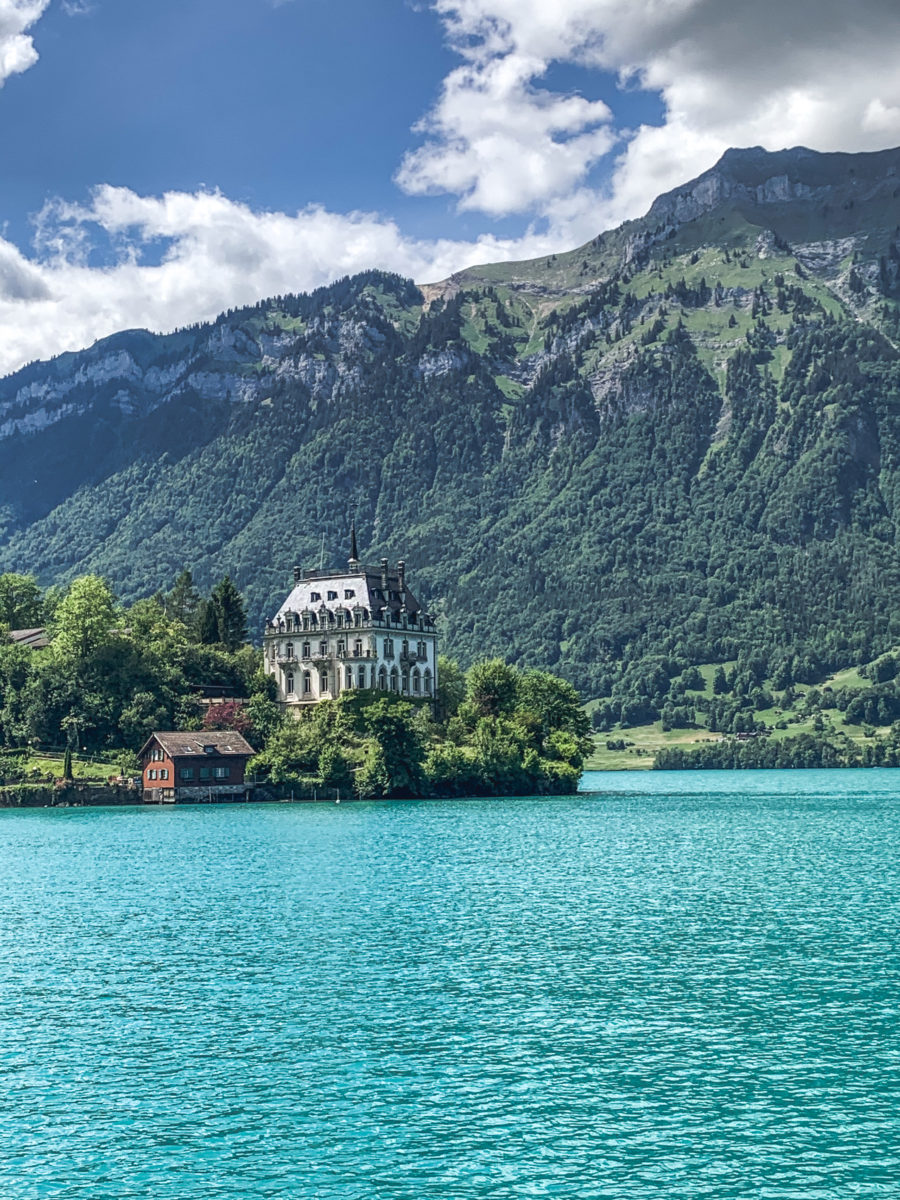

The Seeburg is, therefore, in my opinion, the highlight of Lake Brienz and Iseltwald! This manor house attracts me, it has a magnetic effect and shines with beauty in a breathtaking setting. But the village of Iseltwald is not to be outdone – albeit small but romantic.
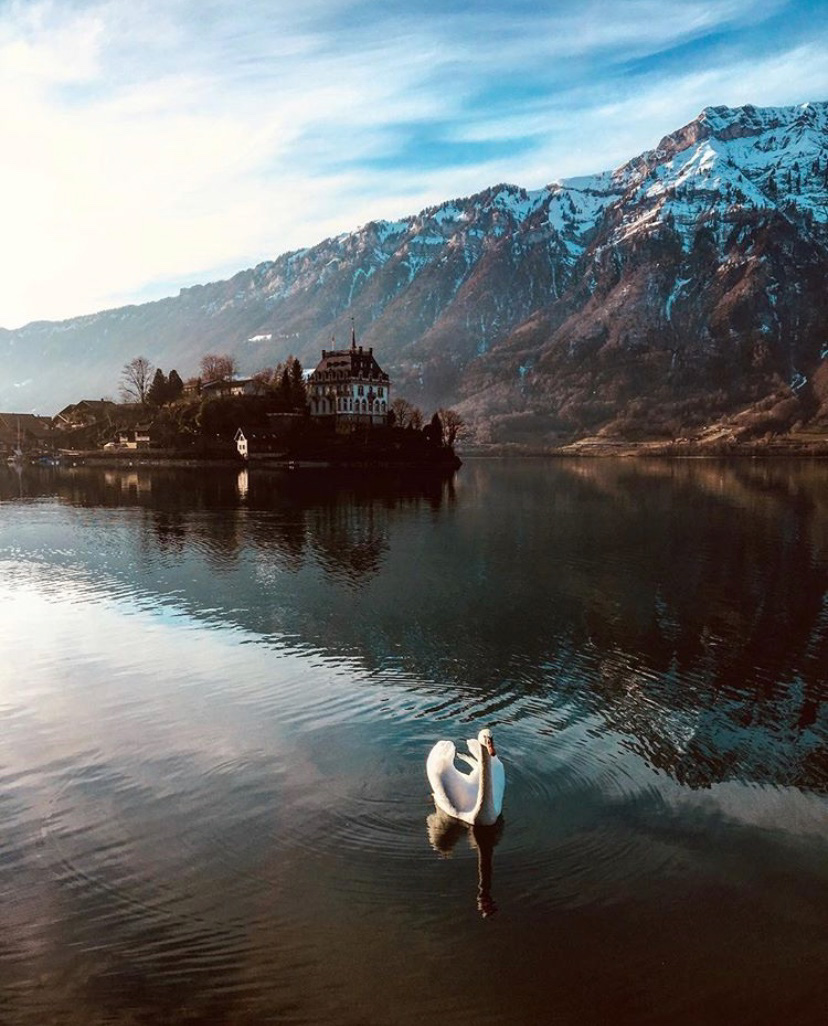
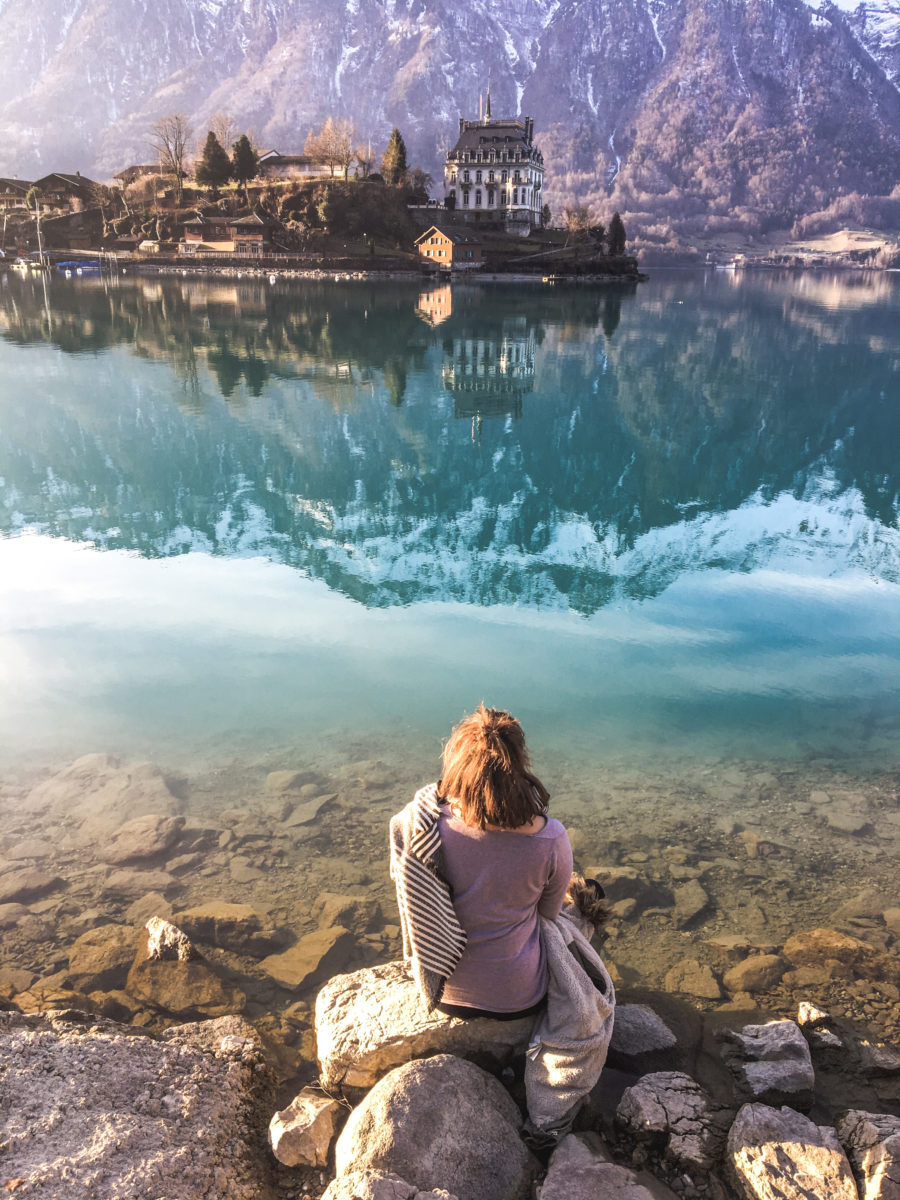



The village is peaceful, mainly welcoming excursionists in the summer, who disembark after a boat trip on Lake Brienz. The former fishing village, with a population of around 400, can be easily visited in about 20 minutes. Perfect for a stopover on a road trip, it is also an ideal place to settle down for a few days to discover the wonders of the Bernese Oberland.
In the summer of 2020, my parents spent 2 nights at the Strandhotel next to the landing stage and loved waking up with an incredible view of the lake. The hotel’s restaurant with its terrace overlooking the lake is a pleasant stop for dinner during your visit. If you simply prefer to enjoy a relaxed terrace for a drink with a view of the castle, then head to the Seegarten on the lake promenade instead.

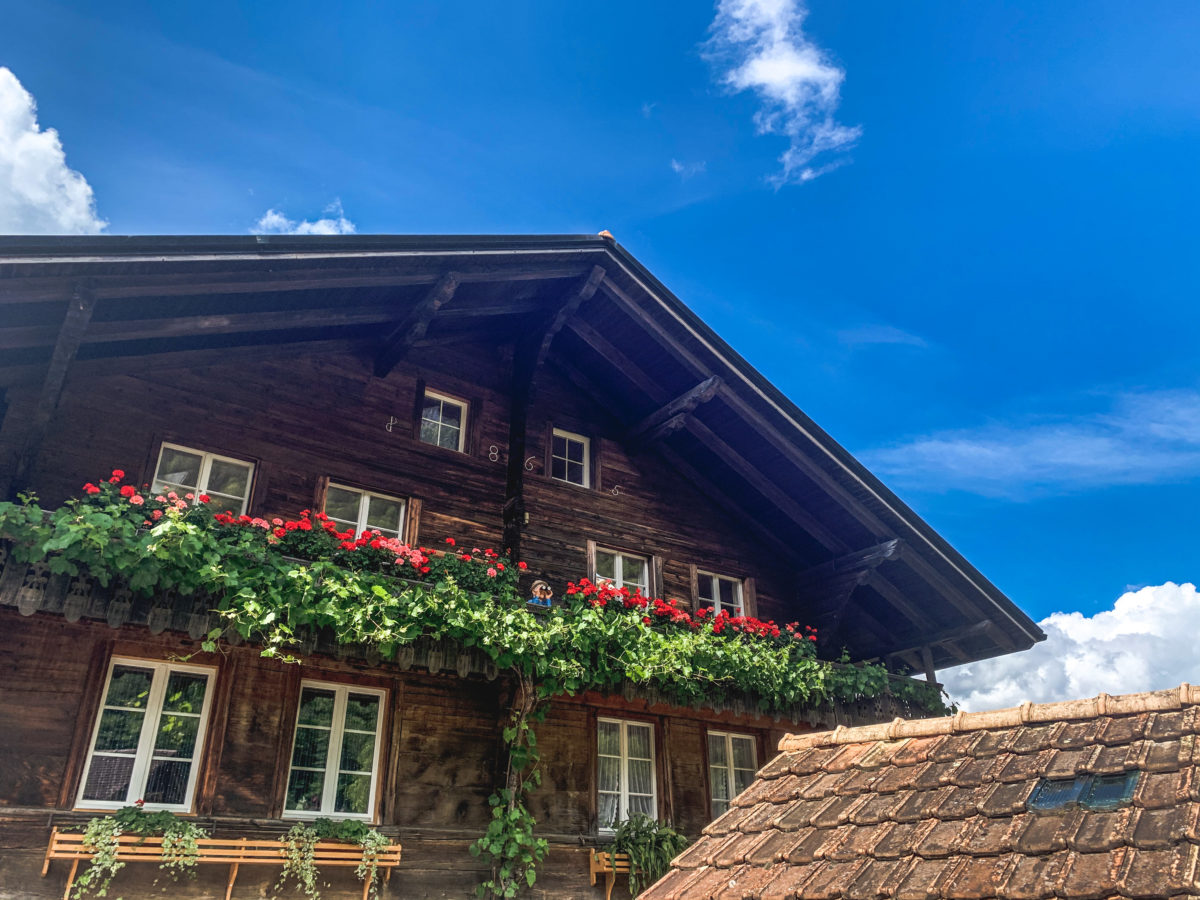

The village is about 15 minutes by car from Interlaken. If you arrive by this means of transport, you will have to park at the entrance to the village. As we came for the first time in February 2017, we were able to drive through the village by car, however, during subsequent visits in the summer, only residents or hotel guests can drive down. The price of parking is correct, but be aware of the big summer influences, you may have to wait to get a place.
Once parked, you can reach the heart of the village by taking a small path that winds through pretty little gardens, vegetable gardens, deep green fields and the first typical houses.





Afterwards, if you want to discover a little more of Lake Brienz, I advise you to take the boat from Iseltwald to Giessbach. You can also reach this place by making a 5 km hike in between, but I must admit that I have never wanted to do this yet. And the tourist experience is more complete by taking the boat (from a tourism student’s point of view). Let me explain this below.
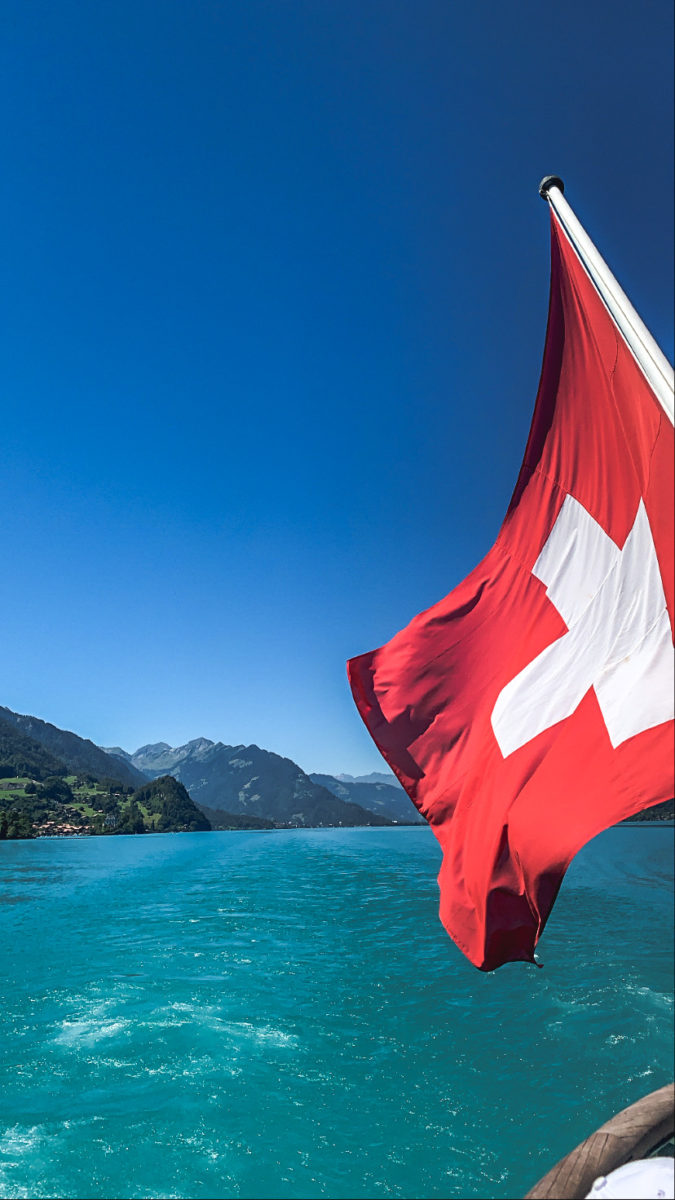



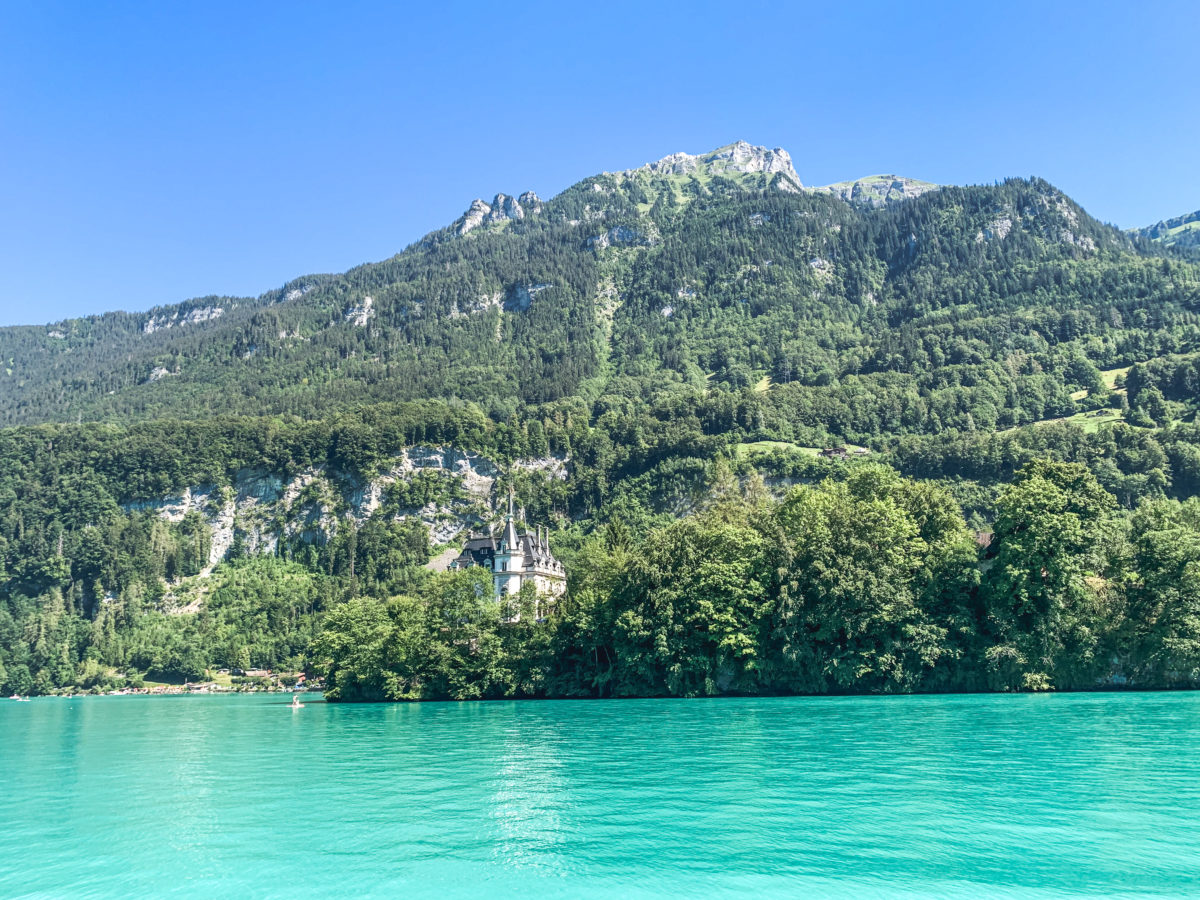
Giessbach
Touristically speaking, the visitor experience is what is most important. In the age of technology and digitisation, some people also need to return to a more authentic experience combining stages to culminate in a beautiful landscape, albeit with technological innovation. This can be achieved in particular at the Stanserhorn (old-fashioned funicular, then a rooftop cable car and a complete experience at the summit: panoramic scenery, rangers, restaurant with the legendary Alpine macaroni).


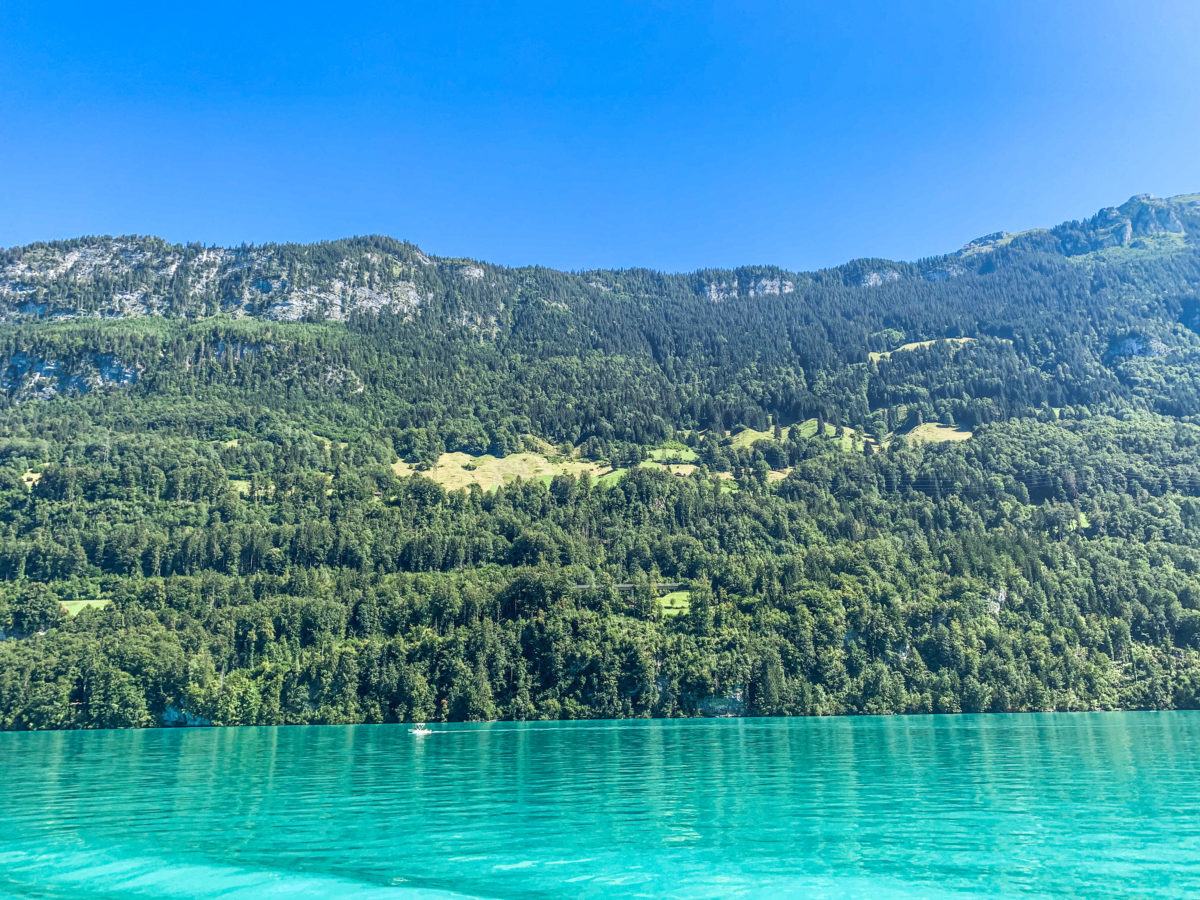

Thus, the experience for the visitor to Giessbach begins by taking the boat (you can of course arrive by road or on foot) and disembarking at the Giessbach See landing stage. It was here that the first guests of the Grandhotel Giessbach were arriving in the 1870s, but they were disembarking by rowboat. Just imagine!

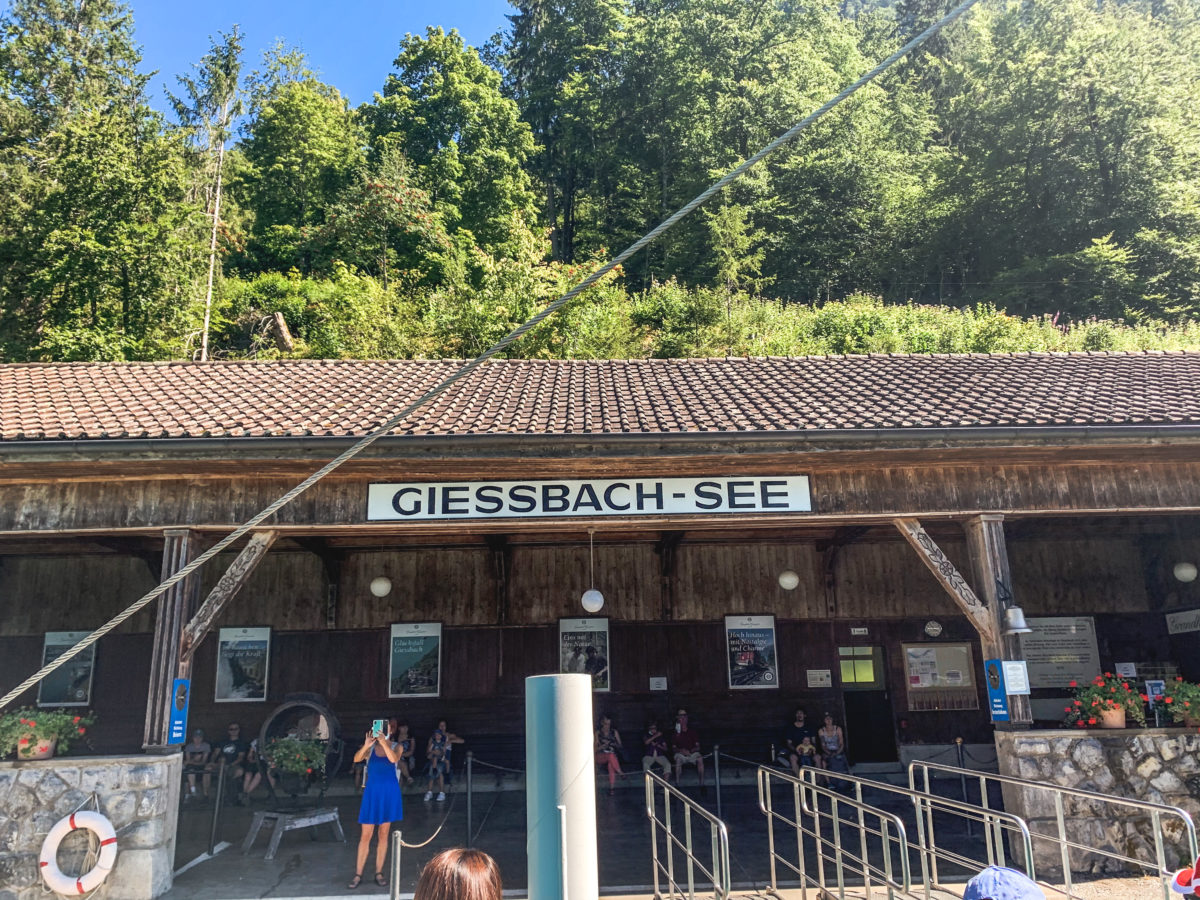

You will find yourself in a large hall that dates back to that time. You can choose to take a path and walk up to the hotel or take the funicular, which will be a highlight of your experience in Giessbach.
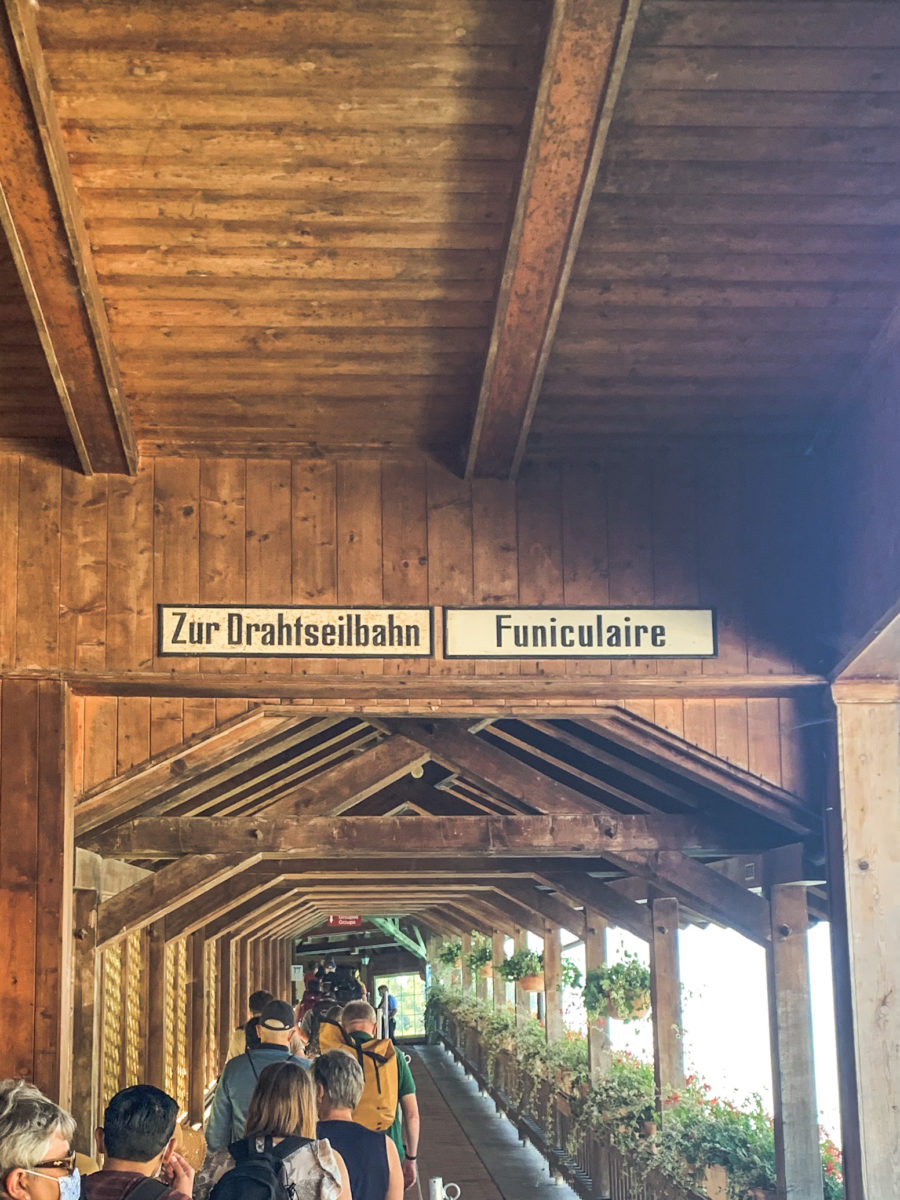
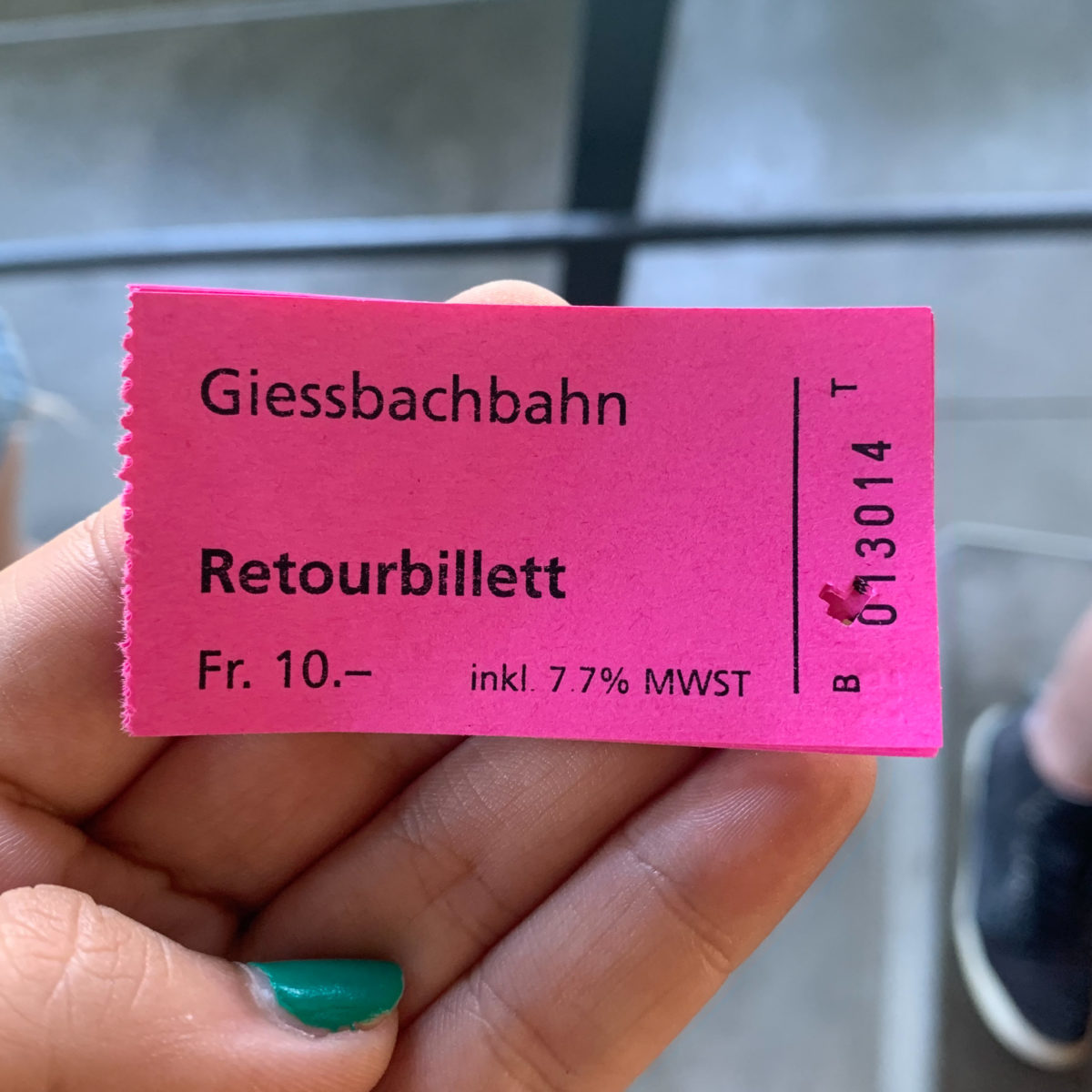
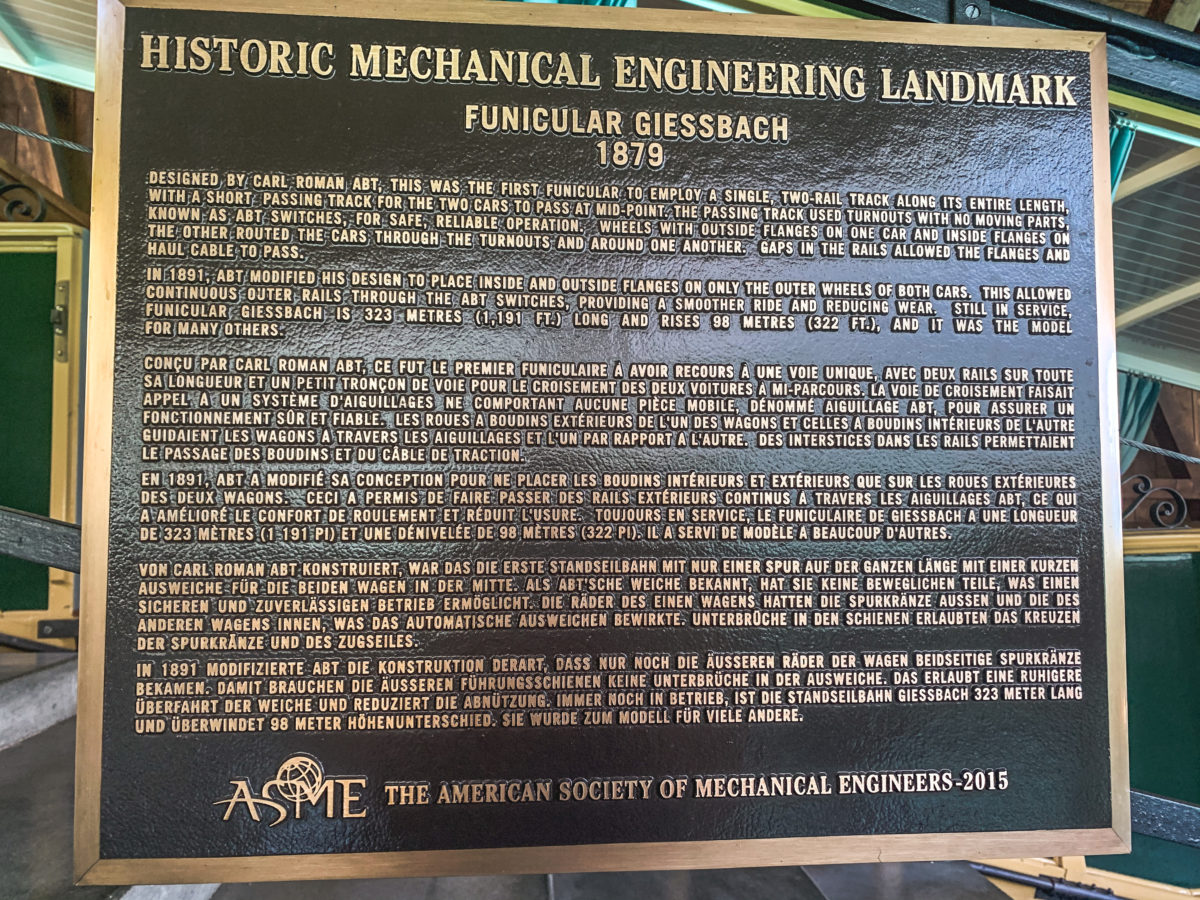
Built-in 1879, it is the world’s first funicular railway to feature a passing loop in the middle of the route and the oldest in Switzerland still in operation. By the way, only four funiculars in operation are older in Europe: the Budapest Castle Funicular (1870), the Karaköy-Beyoğlu Tünel in Istanbul (1875), the South Cliff Lift in Scarborough, England (1875) and the Saint-Just in Lyon (1878).




It is not free, even a little expensive when you realise that the journey takes 5 minutes, but it is also the charm of the period! And then, you have to be able to preserve it… You will find the prices below, be careful, neither GA nor day tickets are taken into account:

The ideal is to take the funicular to go up and then walk back down. But if you later decide to hike near the falls, you might be delighted to take the funicular back down as well.

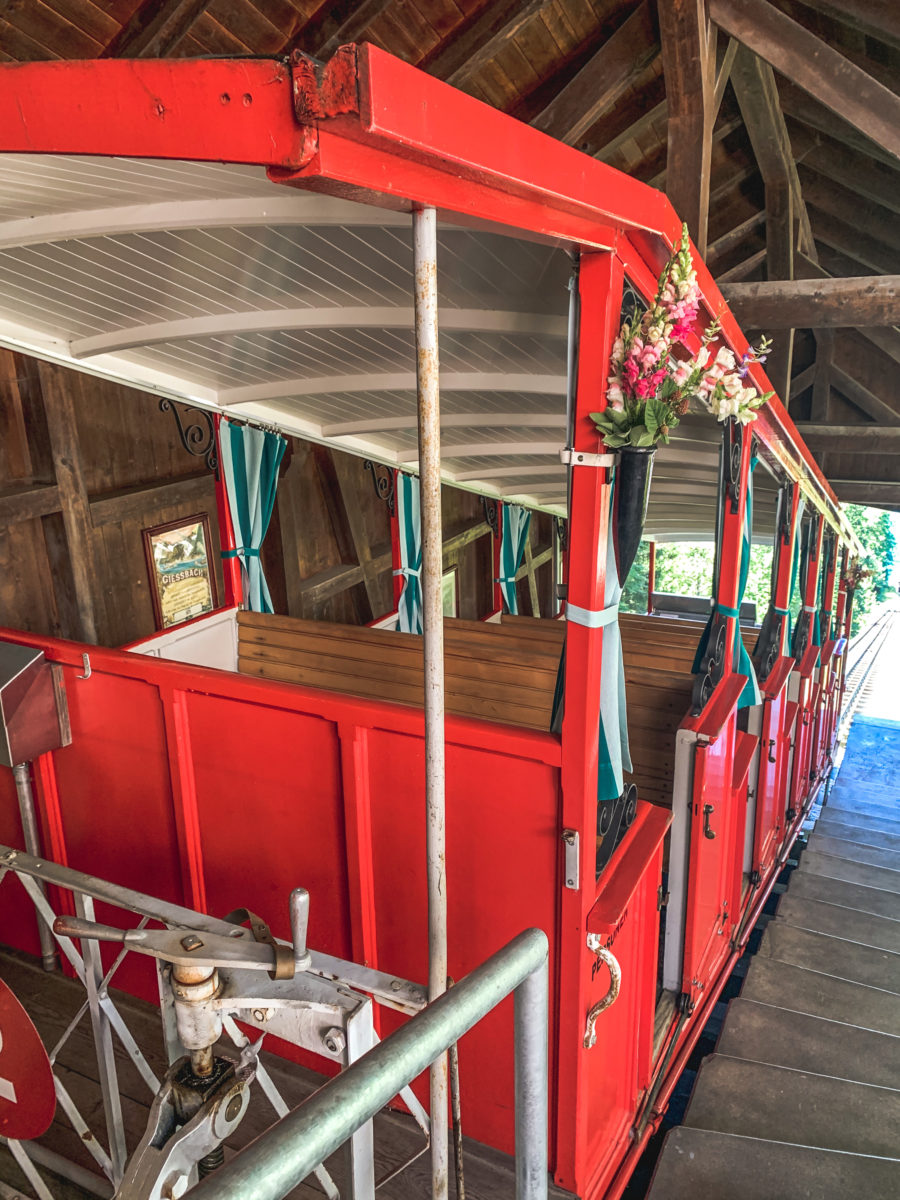

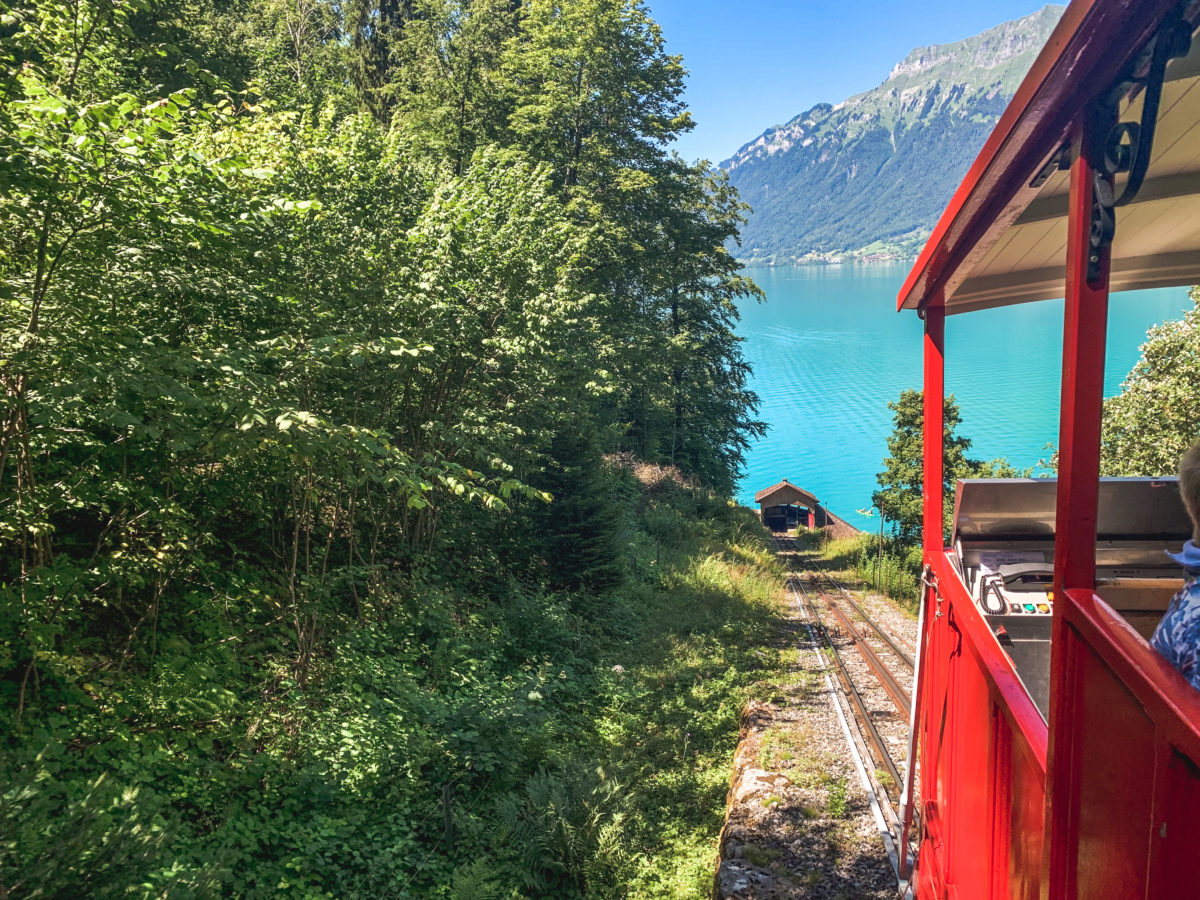


So boat + historic funicular takes you to the famous Grandhotel Giessbach, which lies at the foot of a magnificent natural spectacle with roaring sounds: the Giessbach Falls.
Let’s talk about the hotel first. Perched on the shores of Lake Brienz, this historic hotel has been resting there for more than 100 years and enjoys a breathtaking view. An oasis of tranquillity and nostalgic charm, it was built in 1873-74 by the French architect Horace Edouard Davinent at the request of the Hauser hotel managing family from Zurich.


Quickly, thanks to its elegance and daring architecture (for the time), as well as its enchanting setting, the hotel gained international popularity at a time when the first tourists were visiting Switzerland. Indeed, Switzerland was the cradle of modern tourism during the economic prosperity that lasted from 1880 to 1914, a period known as the “Belle Époque”, particularly in the hospitality industry. This was mostly the case with the luxury hotel industry, which was booming at that time. The main tourists came from the United Kingdom: the wealthy upper-middle-class, who lived on rents and stayed for months on in Swiss hotels. However, according to the hotel’s archives, princes from Russia, India, Africa and Europe, businessmen from Frankfurt, industrialists and large landowners from Poland, Hungary and the Balkans were guests of the Grandhotel Giessbach.

And indeed, suspended above Lake Brienz, the setting is magnificent, and allows you to disconnect from the daily hustle and bustle. A five-storey palace with towers, domes, terraces and a monumental staircase, what more could you ask for? Perhaps to be able to spend the night, but a palace in Switzerland today is clearly not within the financial means of a student. So we will simply enjoy the restaurant’s terrace where the food is delicious after a few hours’ walk around the Falls.



The name Giessbach, and all the experience built up around it, comes from the mountain torrent which, from the high valleys and basins of the Sägistal-Faulhorn region, flows down a 500m difference in height in 14 successive stages before flowing into Lake Brienz.

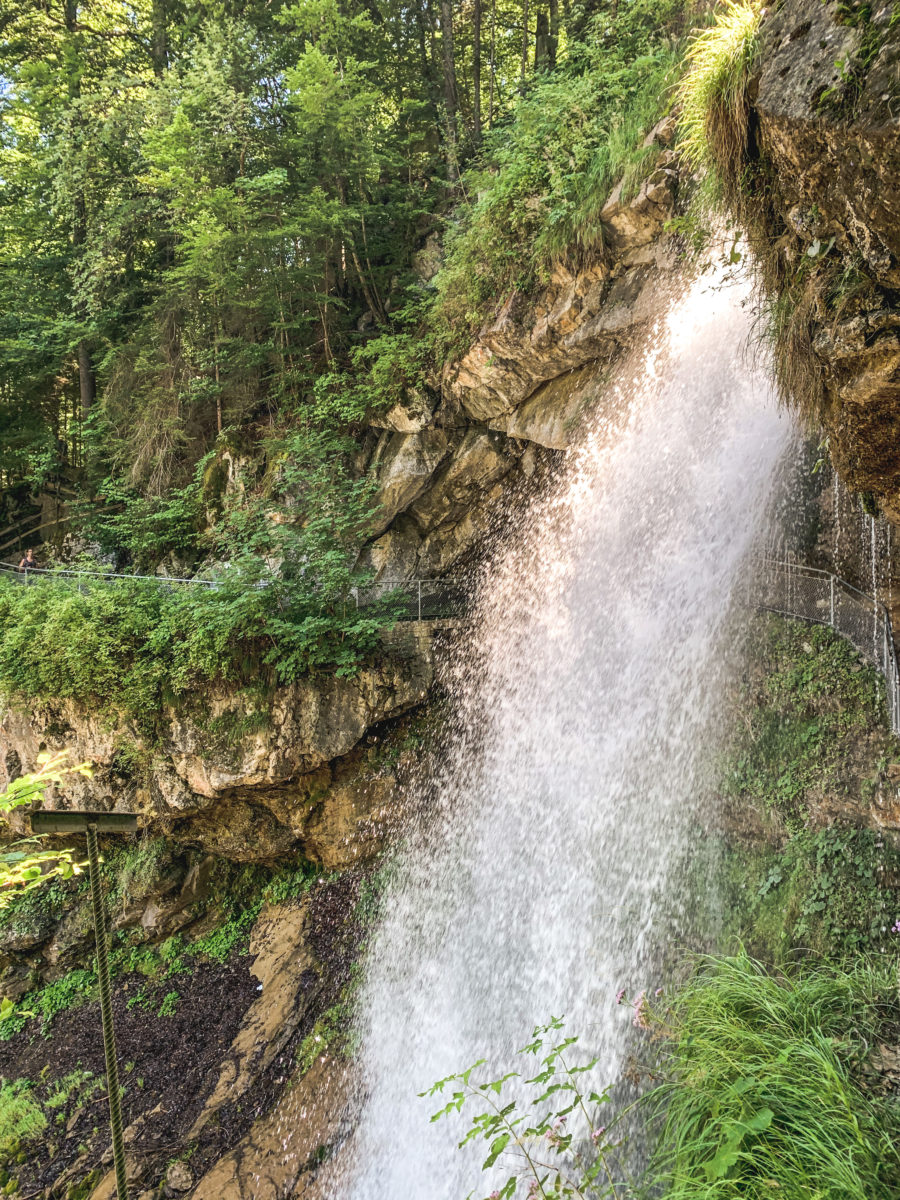





You can explore the waterfalls on footpaths from the hotel. You will have the opportunity to pass behind a curtain of water without getting wet, and then the higher you climb, the more you can get a nice glimpse of the complete Giessbach product as well as the turquoise waters of Lake Brienz.







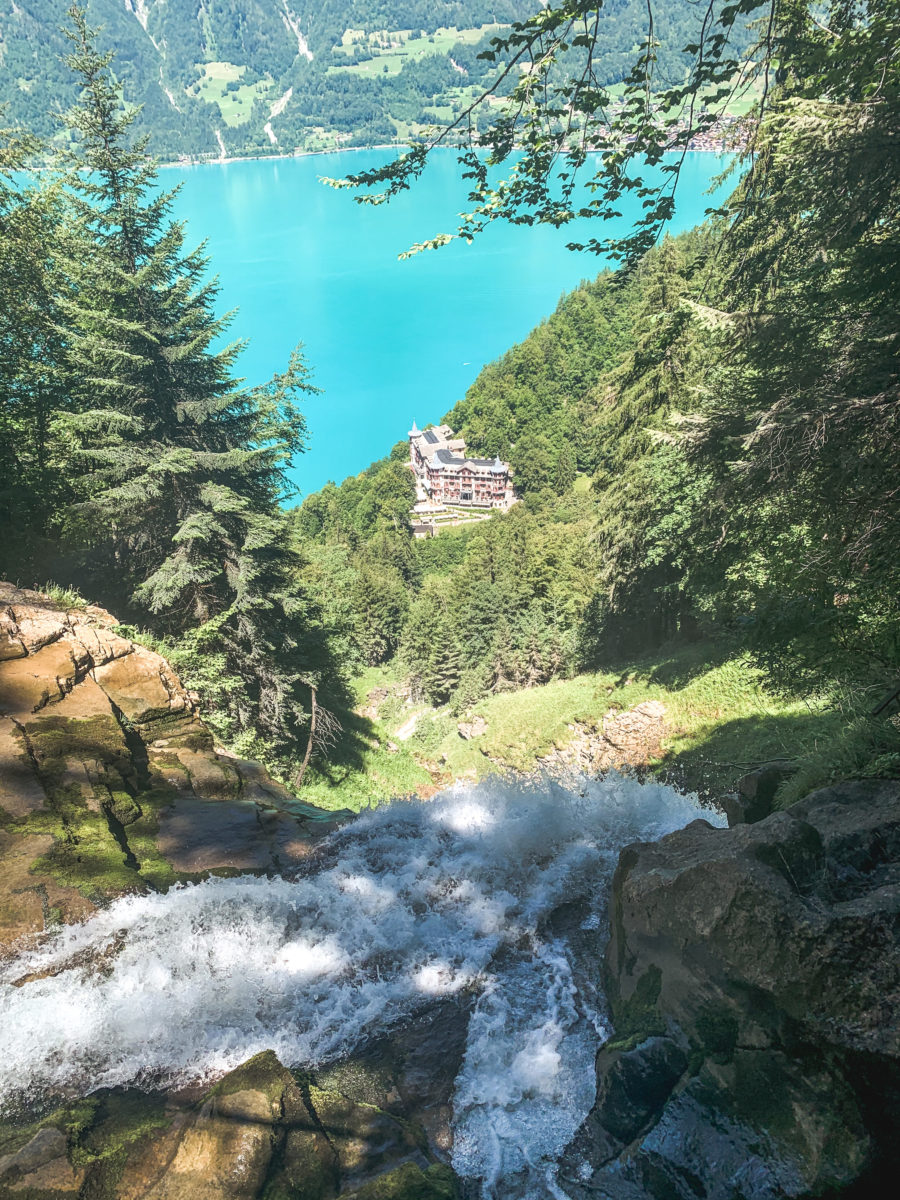



The region offers many other activities, not far from the capital Bern! In addition, I would very much like to do a hike soon, but with more training: the Augstmatthorn. Here’s a small glimpse of the view you can get while walking on the ridge.








